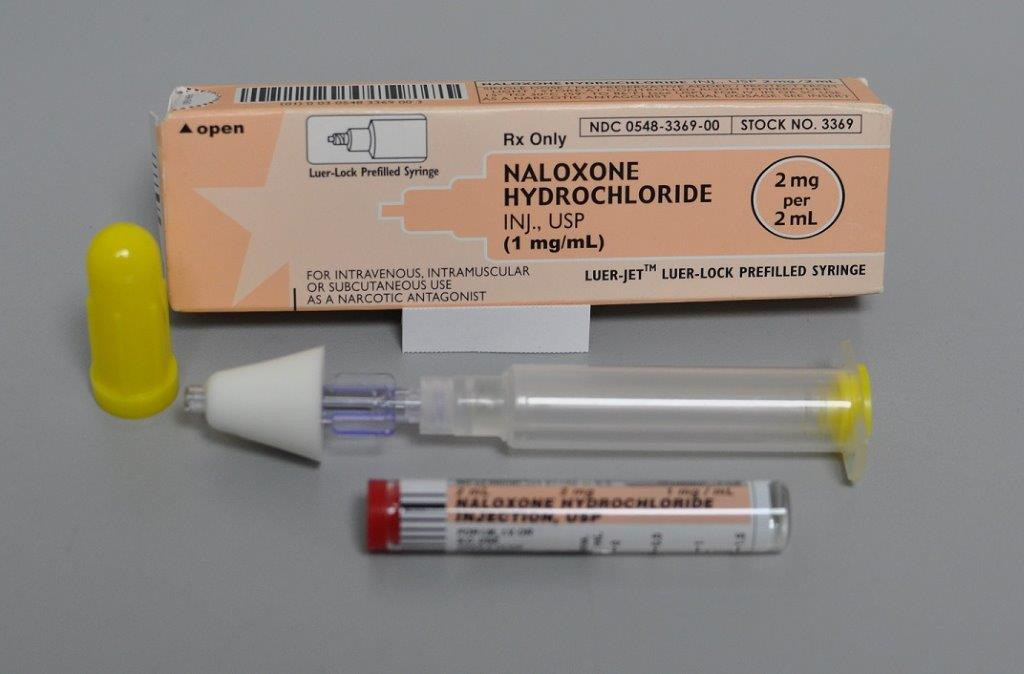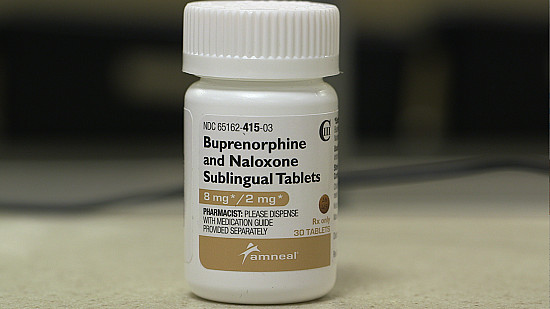Harvard Health Blog
Naloxone: An important tool, but not the solution to the opioid crisis
Every once in a while, I'll have a terrible shift in the emergency department (ED) in which I have to pronounce yet another young person dead from an opioid overdose. I typically have to call their parents, who usually express sorrow but not surprise at the horrific news, as we all know how deadly opioid use disorder can be. But more frequently, the overdose patients I care for survive. Typically, they were found unresponsive by a friend or family member — 911 is called, the person is given the reversal agent naloxone, and is brought to the ED where my colleagues and I take over.
How naloxone works
Here's the problem: Naloxone is, in many respects, a wonder drug. It inhibits the opioid receptor in the brain (so it blocks the effect of an opioid) and, if there is an opioid already present, naloxone can knock it off a receptor. So, if a person overdoses on an opioid such as heroin, the naloxone pushes the heroin away and blocks the receptor but does not activate it, so the person can recover from their overdose. However, since its time of action is fairly short — shorter than the effect of many of the opioids people use — we watch patients for a few hours in the ED until we're sure the opioids have completely cleared their system. Basically, we want to make sure that they don't overdose again. After they sober, we offer to have them speak to a social worker (most refuse), or provide a list of detox facilities, and then they quietly leave the ED.
This status quo bothers me. In particular, I'm concerned that although naloxone is now readily available — carried by police, firefighters, basic life support ambulances, and even bystanders —overdose deaths continue to climb. I want to talk frankly with the patient who overdoses and survives, and specifically let them know their risk of dying should they not get treatment. I also want to make the case that better treatment options after an overdose are needed.
I want to talk frankly with the patient who overdoses and survives, and specifically let them know their risk of dying should they not get treatment. I also want to make the case that better treatment options after an overdose are needed.
Our group at Brigham and Women's Hospital therefore conducted a study, recently presented at the American College of Emergency Physicians national meeting in Washington, DC. In this study, we aimed to define how many patients who were treated with naloxone by an ambulance crew and initially survived were still alive after one year. Even though these patients are typically just observed in the ED hallway, allowed to sober while the ED staff is busy taking care of other patients with life-threatening emergencies like heart attacks, trauma, and strokes, our team hypothesized that the individual sobering in the hallway bed has perhaps one of the highest one-year mortality rates of anyone seen in the department.
Here's how the study worked — and what we found
To perform the study, we took advantage of a special project in Massachusetts called the "Chapter 55" legislation which, for the first time, linked many previously separate state databases. We connected the Emergency Medical Services (EMS) database with the all-payer claims database and death records database for our study. In brief, we evaluated patients who received naloxone by EMS over a 30-month period. We then looked at death records one year beyond the first time they received naloxone.
During the study period, there were 12,192 naloxone administrations by EMS, which equals over 400 per month. Of these, 6.5% of patients died that same day and 9.3% died within one year. Excluding those who died the same day, about 10% of the patients who initially survived were dead at one year. Even more significant was that 51.4% of those patients died within one month. Also, apart from those who died the same day, about 40% of those who died within one year died outside of the hospital, highlighting the danger of overdosing before medical personnel can reach the victim and the need for bystander naloxone.
What does this mean about preventing deaths from opioid use disorder?
These results are disheartening: an opioid overdose patient who sobers in the hallway, is offered a detox list, and then is discharged has a one-in-10 chance of being dead within a year. And the highest risk is within one month. Naloxone is an important tool in fighting the opioid crisis, but is no solution. Patients who survive opioid overdose should be considered extremely high-risk. I believe that as a society, we should talk seriously about the resources that are available for people who overdose. We should counsel these patients and offer them buprenorphine (a medication used to help treat opioid use disorder) directly from the ED, provide recovery coaches, and create easily accessible treatment sites where they can go for ongoing care.
Disclaimer:
As a service to our readers, Harvard Health Publishing provides access to our library of archived content. Please note the date of last review or update on all articles.
No content on this site, regardless of date, should ever be used as a substitute for direct medical advice from your doctor or other qualified clinician.
















